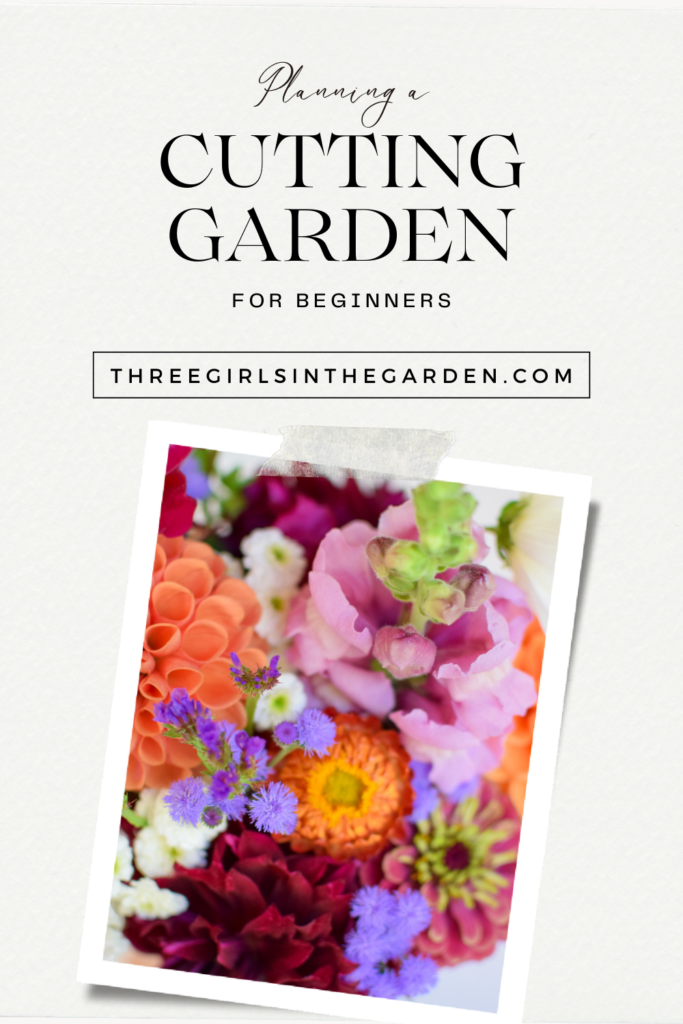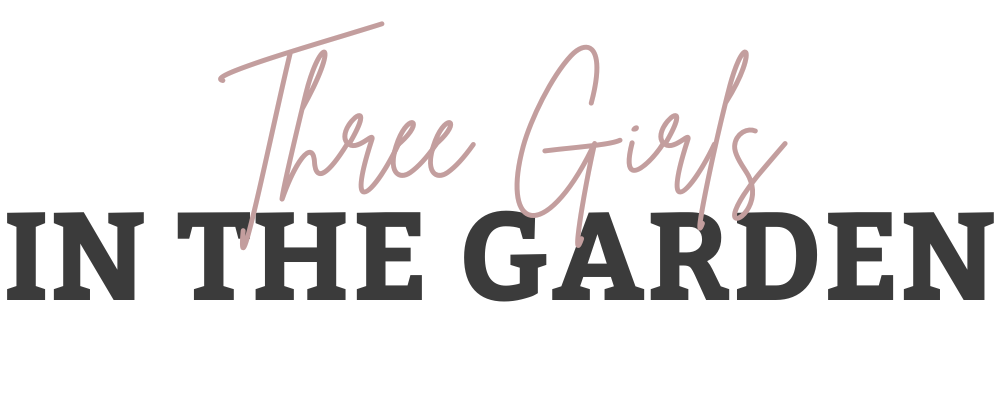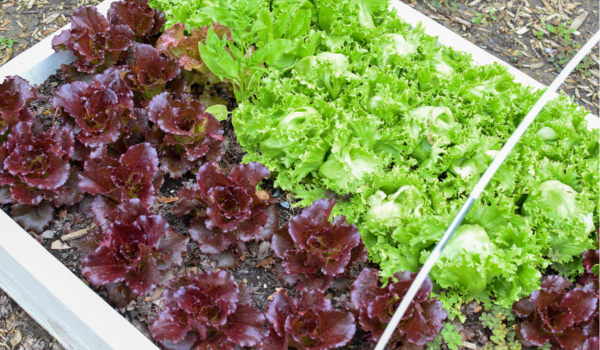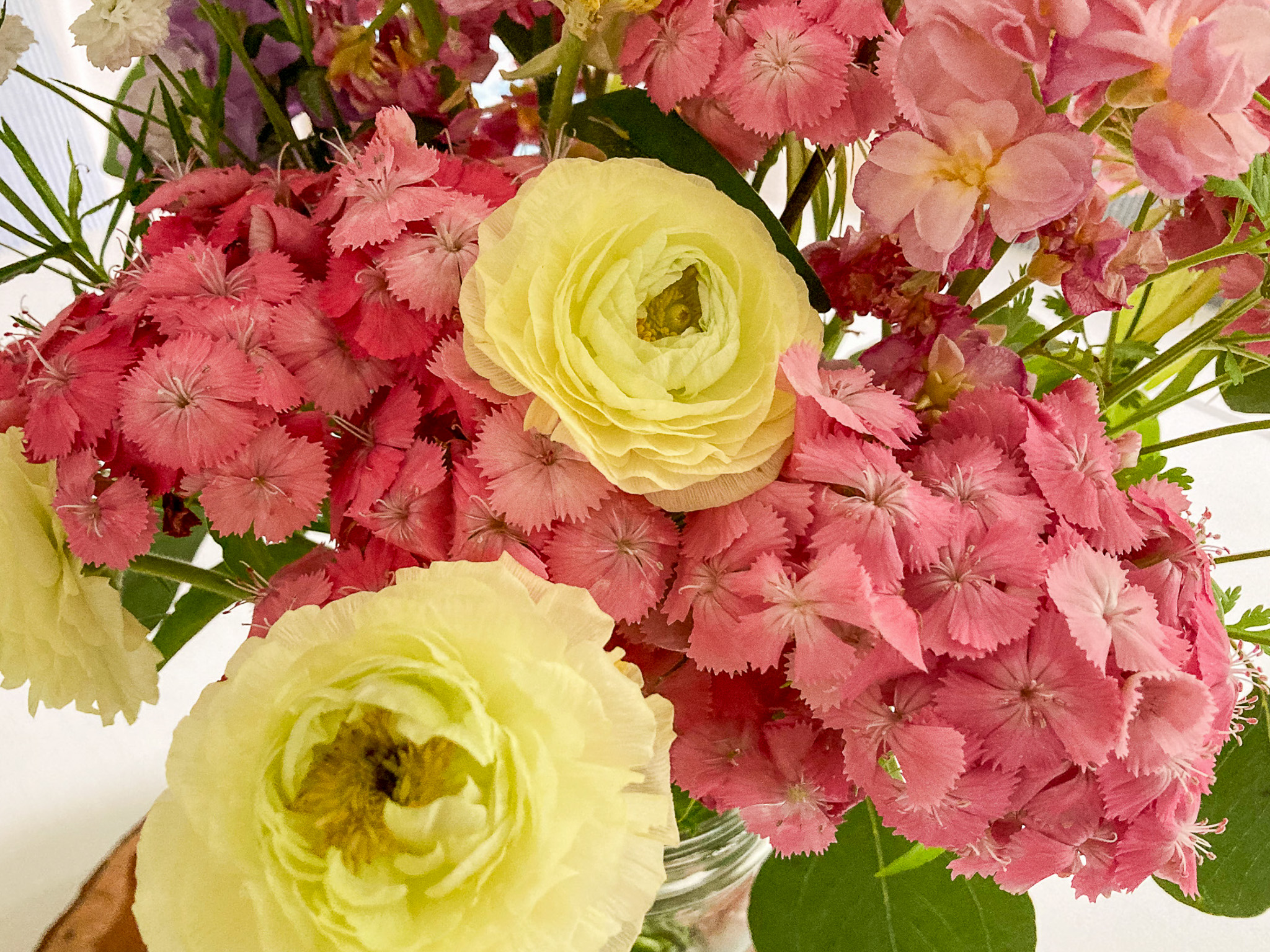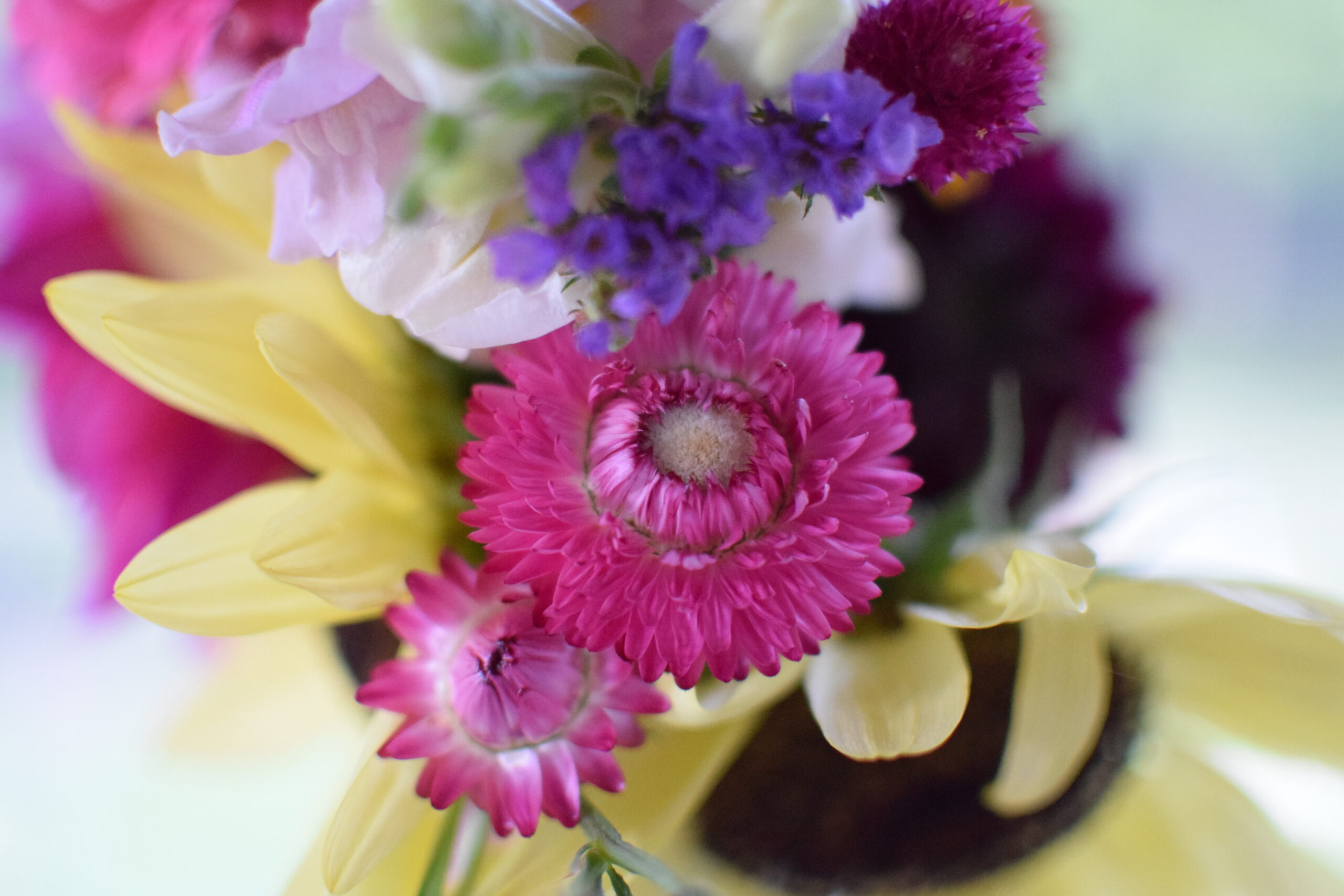Cutting Garden Planning
A cutting garden is worth every ounce of effort and square foot of space used. Flowers may not sustain life, but they sure can sustain a soul! And for that reason alone, cutting gardens are completely, 100%, worth every ounce of effort and square foot used.
If you love bringing fresh cut flowers into your home but hate cutting them from your landscape (me all the way!) then a designated space with cutting flowers is the answer. It doesn’t have to be huge or elaborate. You can use 1 of your existing raised beds, 1 flower or perennial bed, or any underutilized spot of your property.
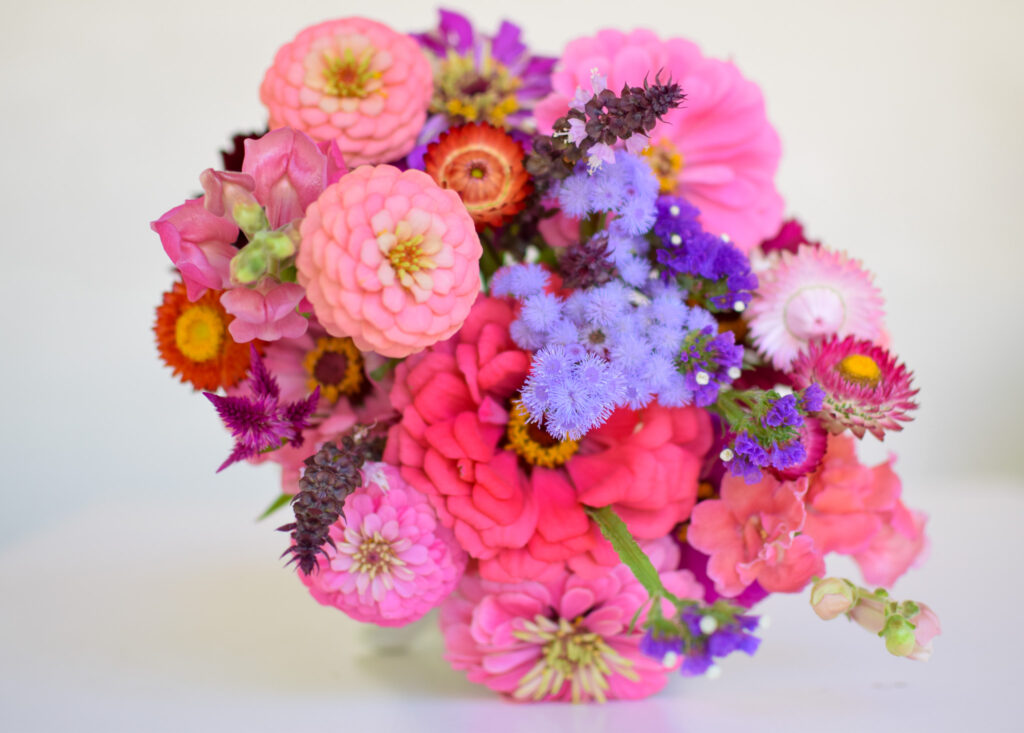
5 Tips for a Successful Cutting Garden
I’ve learned a lot about cutting gardens over the years through research as well as through my own successes and failures. Here are a few important tips that will get you going in the right direction.
1. Plant your cutting garden in a full sun location.
Full sun is ideal. A full sun location is listed as receiving 6-8 hours minimum of direct sunlight in a day. That is the ideal situation where your flowers will grow to the best of their abilities.
However, if you are like me, space is limited and you are working with what you have. We aren’t going to tear down our neighbors tree line to allow for more sunlight on our garden. I can attest to growing flowers, herbs, fruits and vegetables on 5 hours of sunlight. And they do just fine. Sure, 8 hours of sun would probably produce way more flowers, but I don’t have that.
The point of this is don’t let the labels scare you off. If your spot isn’t ideal, it may still be worth trying out a few varieties.
2. Choose flower varieties labeled as “Cut Flowers”.
You can use all kinds of flowers in a bouquet. My first bouquet was a handful of Black Eyed Susans and Yarrow. However, if you want the most out of your cut flowers, you’ll want to look for the term “cut flower” on the seed packet. That term indicates the flower has a tall, strong stem suitable for use in arranging flowers.
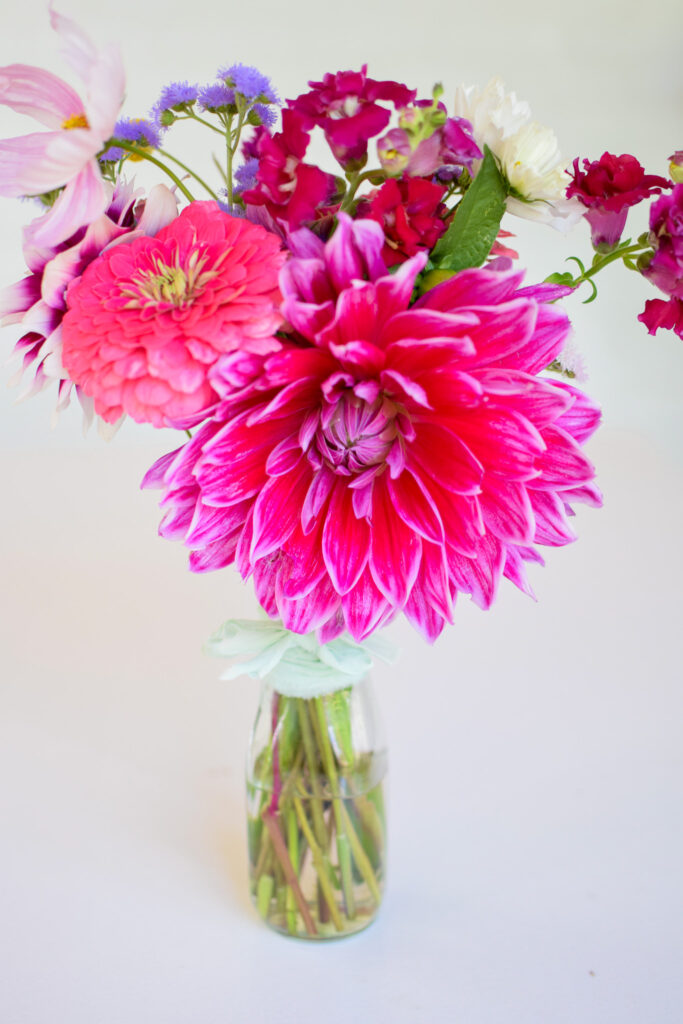
We aren’t just talking about a wildflower mason jar arrangement (although those can be beautiful, too). These flowers were specially bred to be used in cut flower bouquets.
3. Select varieties for blooms in spring, summer, and fall.
I think zinnias must be the #1 flower for a cutting garden. However, they don’t bloom until summer. Why wait until July to get blooms when you can have flowers in May and June, as well? And don’t forget about September and October.
Early blooming spring varieties of cutting flowers are Tulips, Peonies (this is actually a perennial shrub that will come back year after year), Ranunculus (below), Stock, and Baptisia.
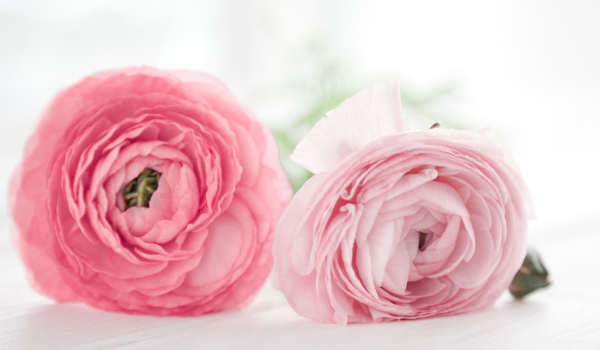
Summer blooming flowers are abundant and probably what you are most familiar with. Flowers like Dahlias, Zinnias, Sunflowers, Cosmos, Rudbeckia, Strawflower and Marigolds are all summer blooming varieties.




Fall blooming varieties also include Dahlias (get yourself some Dahlias, they are sooo gorgeous), Sunflowers (if planted later), Strawflower (a little flower that never quits!) and Zinnias (if planted later or not diseased).
4. Select cutting garden flowers in shades that complement one another.
This is something that took me a few years to learn and I’m still tweaking my color palette. If you have a hundreds of feet in row crops and are able to use that space for a cutting garden, you may be able to grow every color you wish.
But, if you’re like me, you have a limited amount of space and are trying to maximize how you use every inch. The best way to have beautiful cut flowers to make fresh cut bouquets is to make sure that every flower coordinates and goes well together in an arrangement.



If you’re new to cutting gardens, that may sound absurd. It sounded absurd to me when I first heard it. But then I experienced it and understood. Some colors and shades of flowers just don’t go together. And if your entire cutting garden is one 3′ x 6′ bed, you need to make sure that the flowers blooming together look good together.
What are your favorite flower colors? What are you drawn to? Soft pinks and pale purple? Corals? Bold jewel tones like deep purple and red? Find your favorite color palette and purchase flower seeds in those colors. When you go to cut your flowers, every stem will coordinate and you will easily put together an amazing arrangement.
Personally, I love all shades of pink and purple, and I’m starting to be drawn to corals. I have a hard time narrowing down my color choices, but each year, I get a bit closer to a cohesive look.
5. Choose flowers in varying shapes like disks, spikes, balls, and scented fillers.



Making a hand tied bouquet is an art form that takes practice. What makes it a bit easier is to have some varying shapes to work with. A vase full of dahlias will always be gorgeous, don’t get me wrong. But there are so many fun flowers out there that it seems like a shame to miss out on the some variety.
Big impact flowers, focal flowers, are plants like Dahlias, Lisianthus, Sunflowers, Roses, and Zinnias. These are your wow flowers. But you have more options than the big wow.
To complement focal flowers, grow some spike flowers like Snapdragons, Stock, and Baptisia.
Disc flowers are a great way to take up space in a bouquet but still add to the overall beauty of flowers. Disc flowers like Ammi Majus, Dill, Dara, and Yarrow, are all easy to grow and gorgeous. Yarrow is actually a perennial you can grow from seed. It will come back year after year!
Ball shaped flowers are amazing. They are so cute and look almost fake in their perfection. You can get ball shaped Dahlias that are perfect circles…they are amazing. My favorite ball shaped flowers are Gomphrena and Craspedia. They have such a unique look and a few stems in an arrangement really makes an impact.
I still say I’m not a fan of foliage filler. Bouquet experts say a floral bouquet should contain about 1/3 foliage. I just don’t agree. I love flowers so tend to err on very little foliage/greenery. However, I love a nice scent. As such, I have a great way to add a bit of foliage and scent are with herbs. You probably have some growing in your garden anyway, so go ahead and use them. I’ve used Sage, Basil, and Mint. I grow a basil variety specifically for cut flowers because the stems are long and it flowers. I’m going to try a few new varieties this year, as well.
Cut Flower Garden Planning
If planning out a cutting garden feels overwhelming, or if you keep getting hung up on the details, try to let that go and just plant something!
Flowers are gorgeous no matter how you look at it. Maybe you won’t get it right the first year. But the “wrong” flowers can still bring a smile to someone’s face and lift a heavy soul.
If you don’t know where to begin, I’ll be adding to this series as the season progresses. My goal is to make a cutting garden a simple, affordable, and very doable project for this summer. We will be seed selecting soon and then sowing seeds indoors in just a few weeks.
Stay tuned for more information about cutting garden planning, seed selection, and how to’s. If you want more information, you can always check us out on Instagram.
If you have any questions I’m always happy to talk about gardening! Stay tuned for more fun details on growing your cutting garden this growing season!
